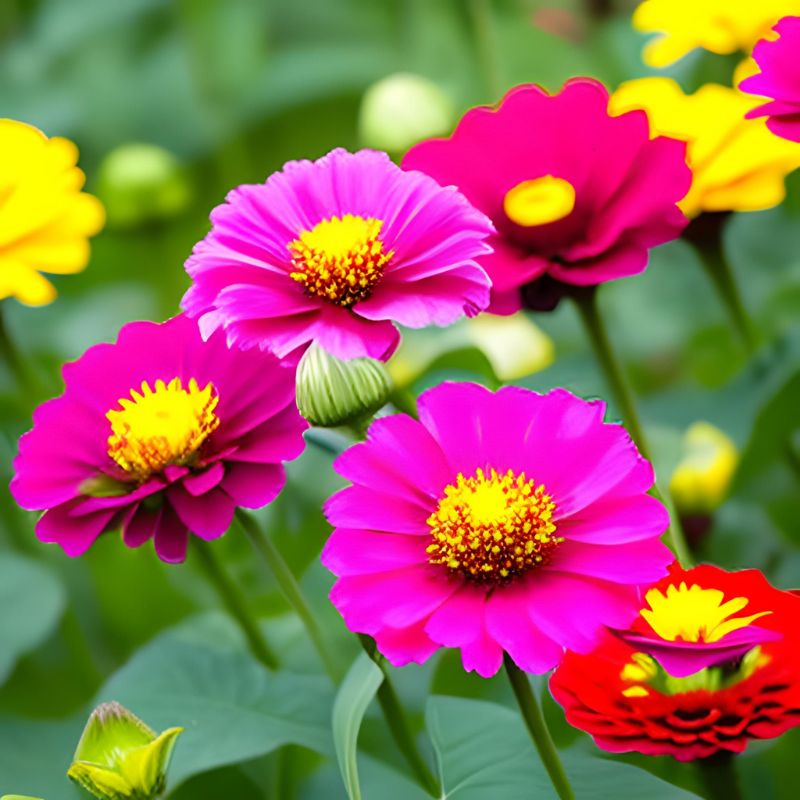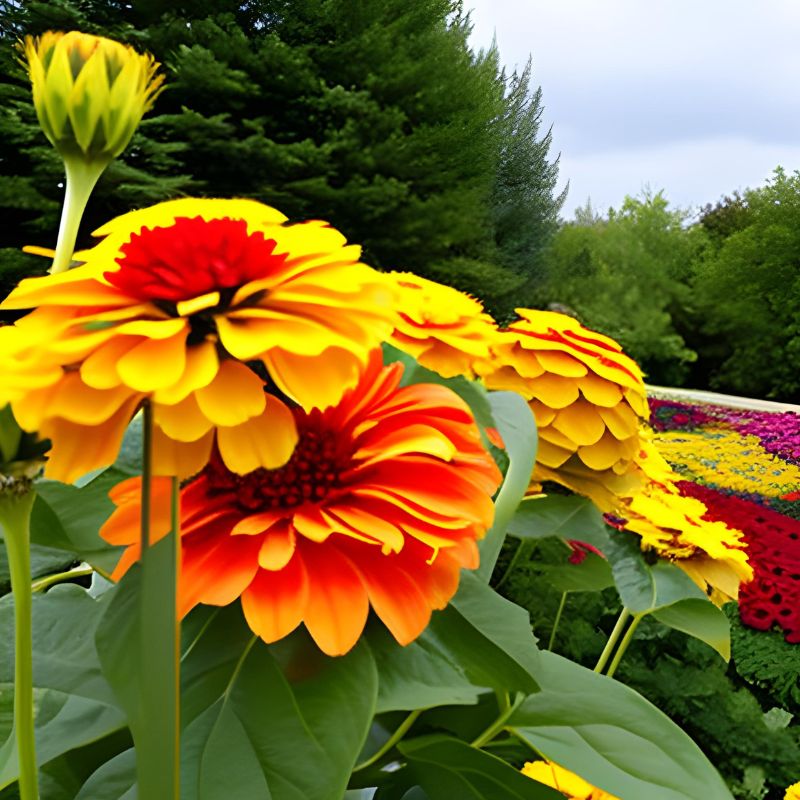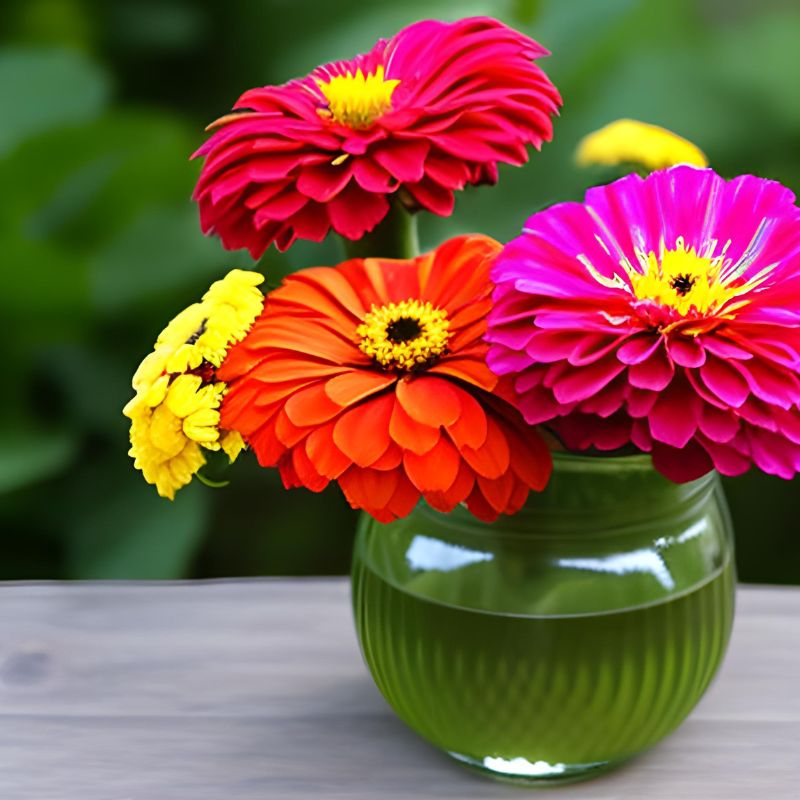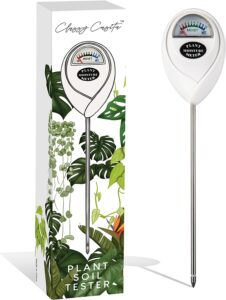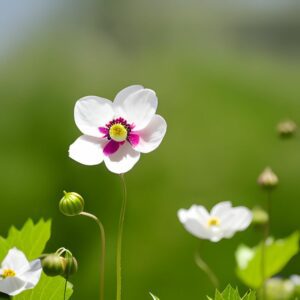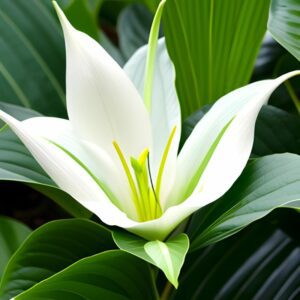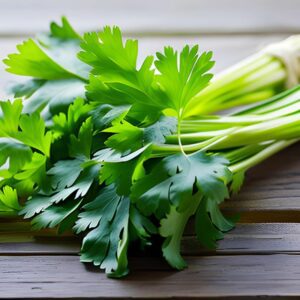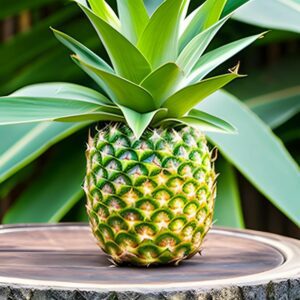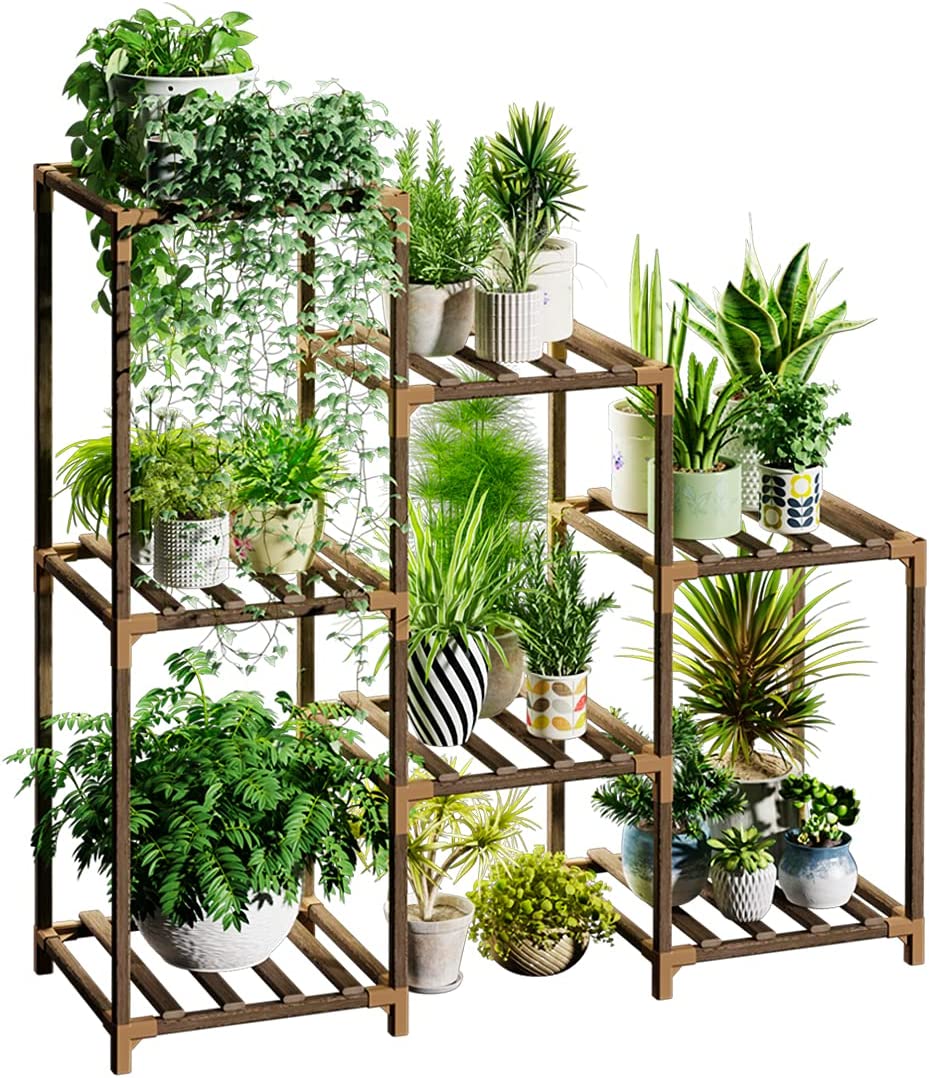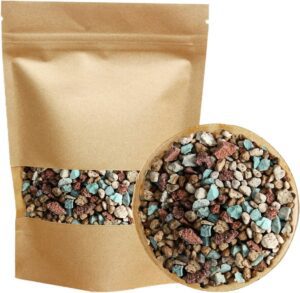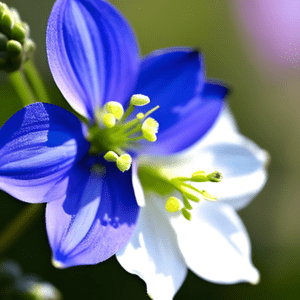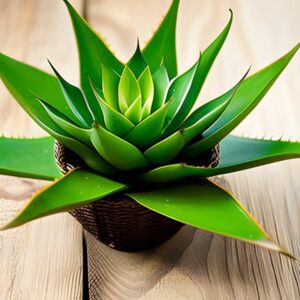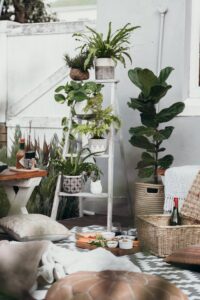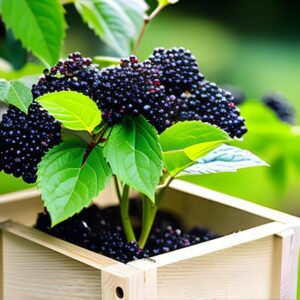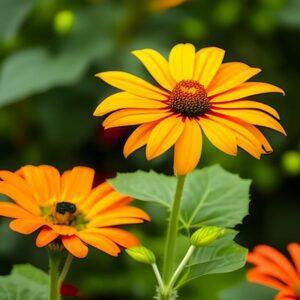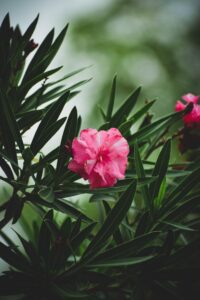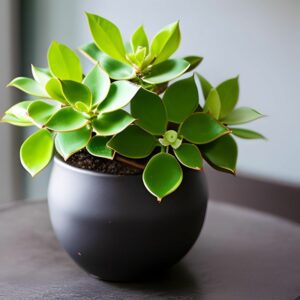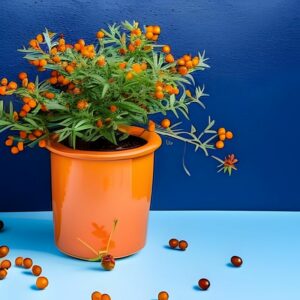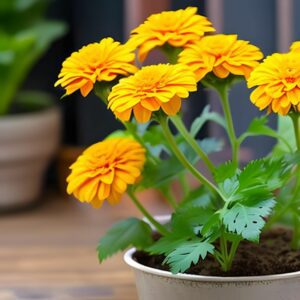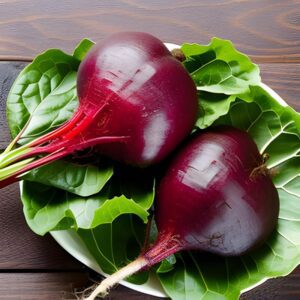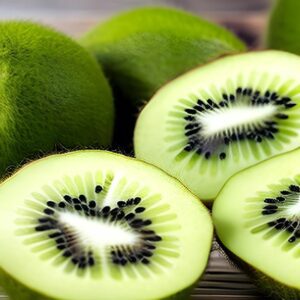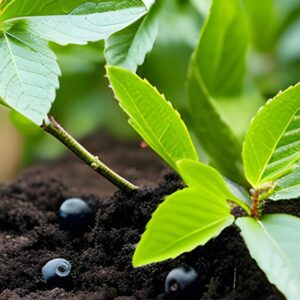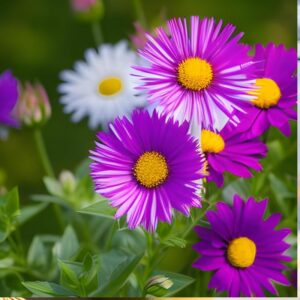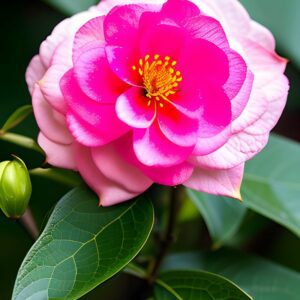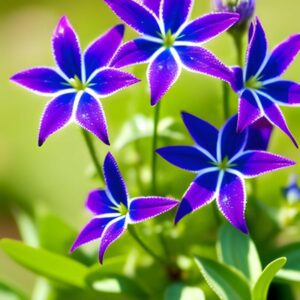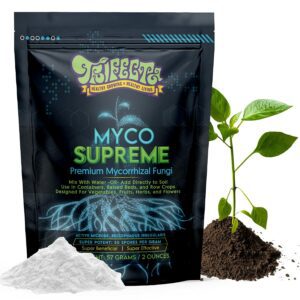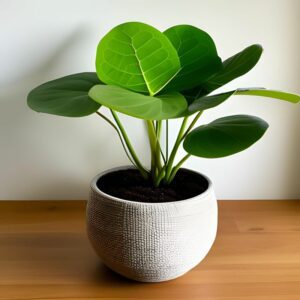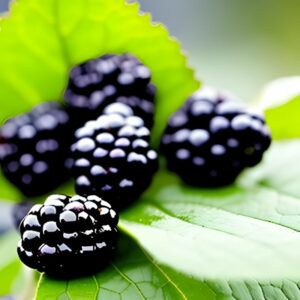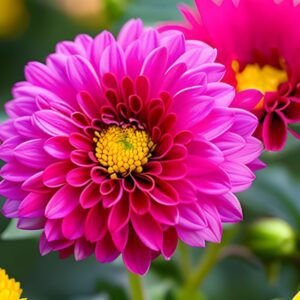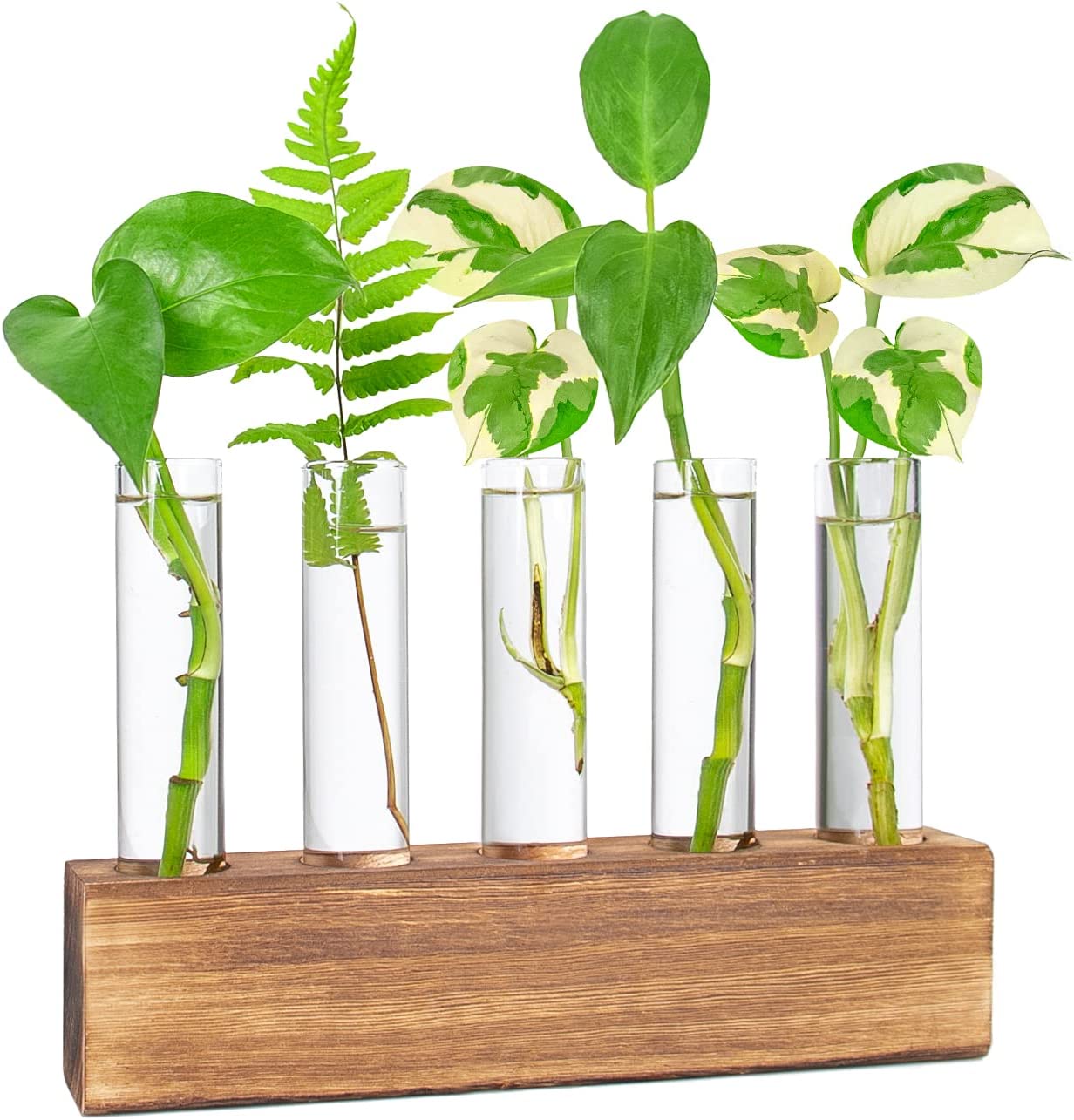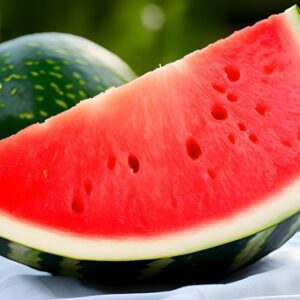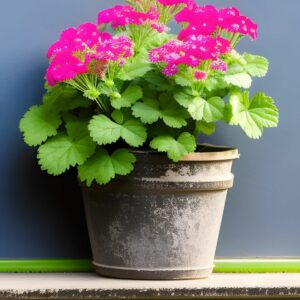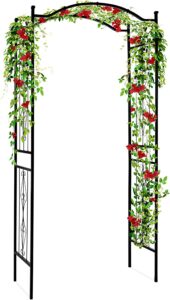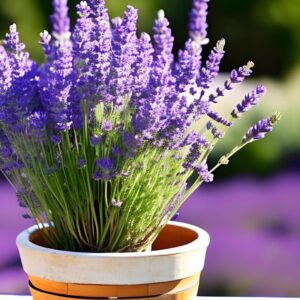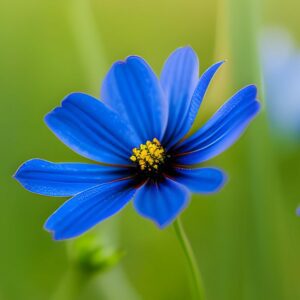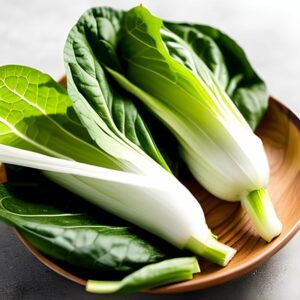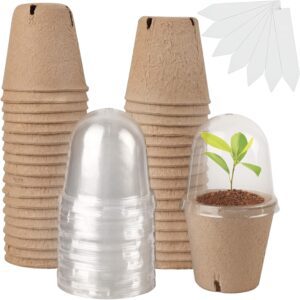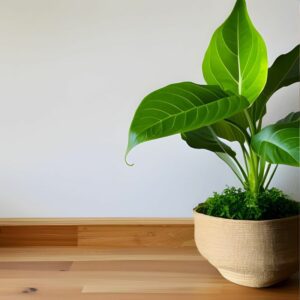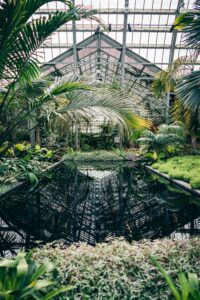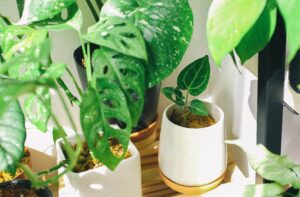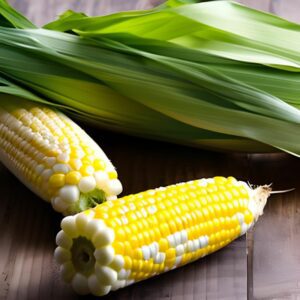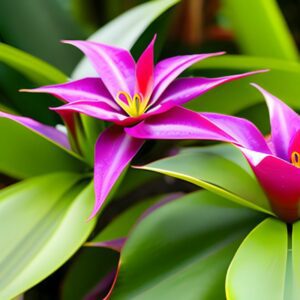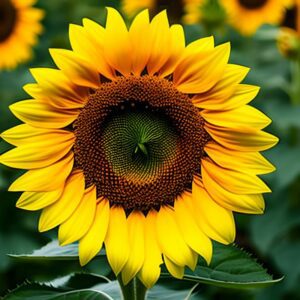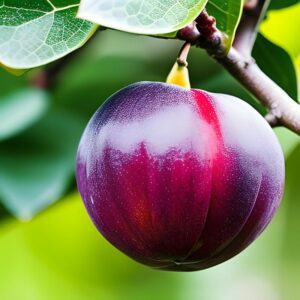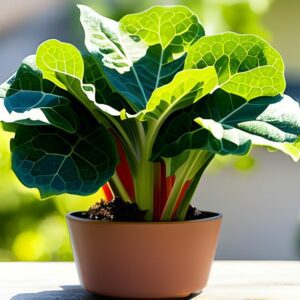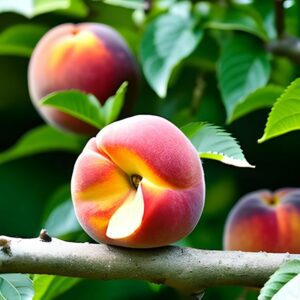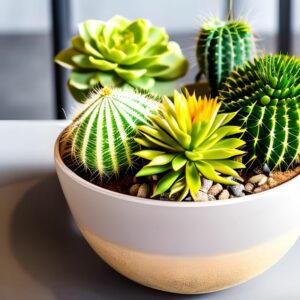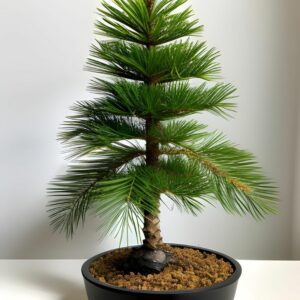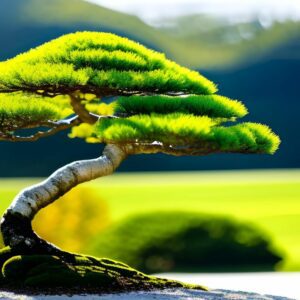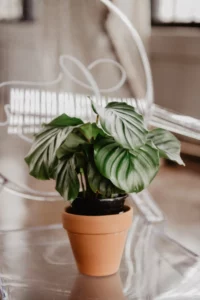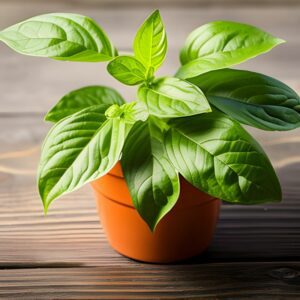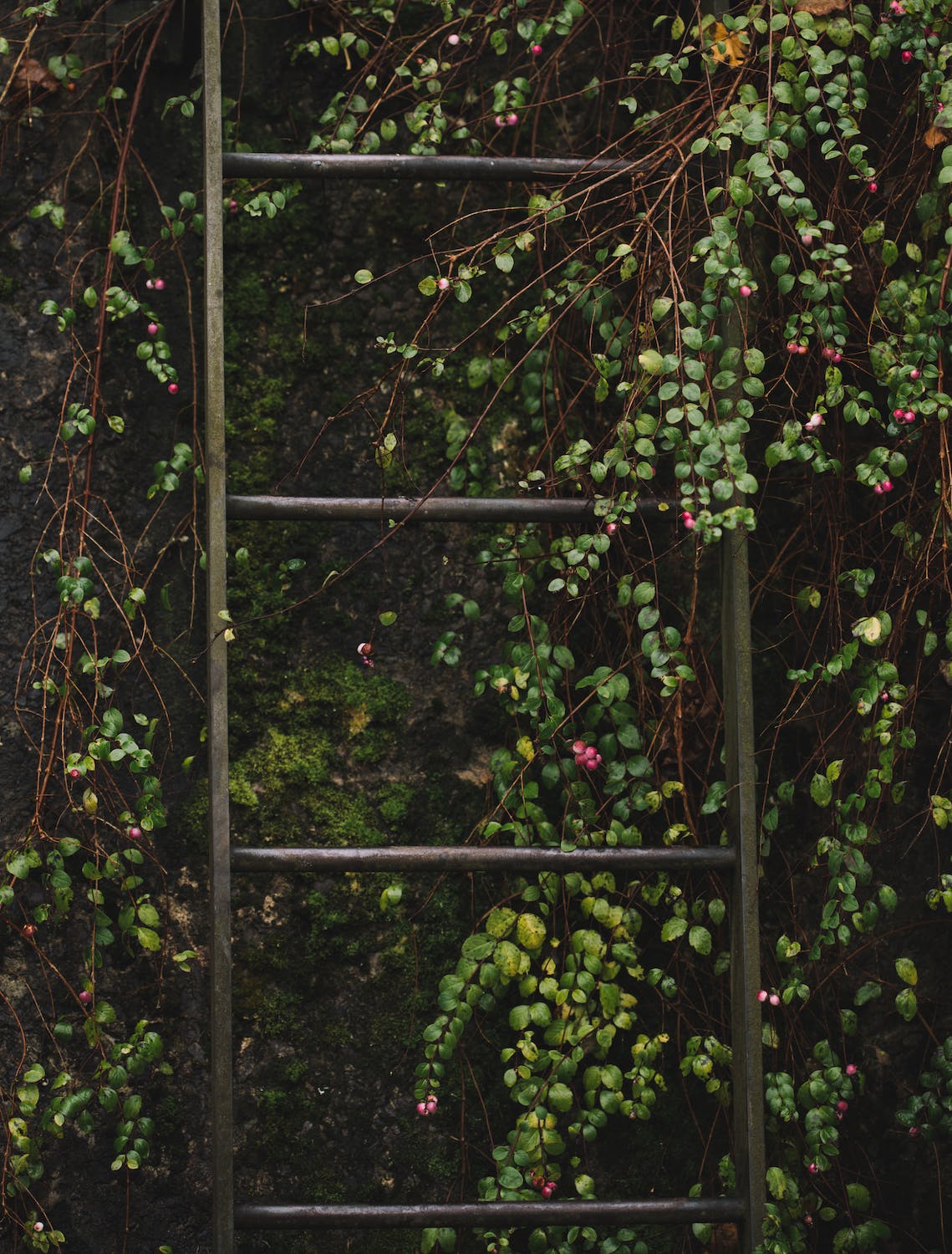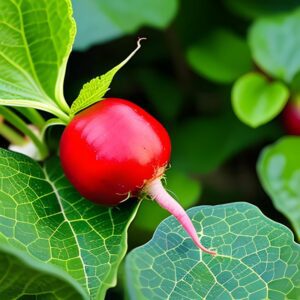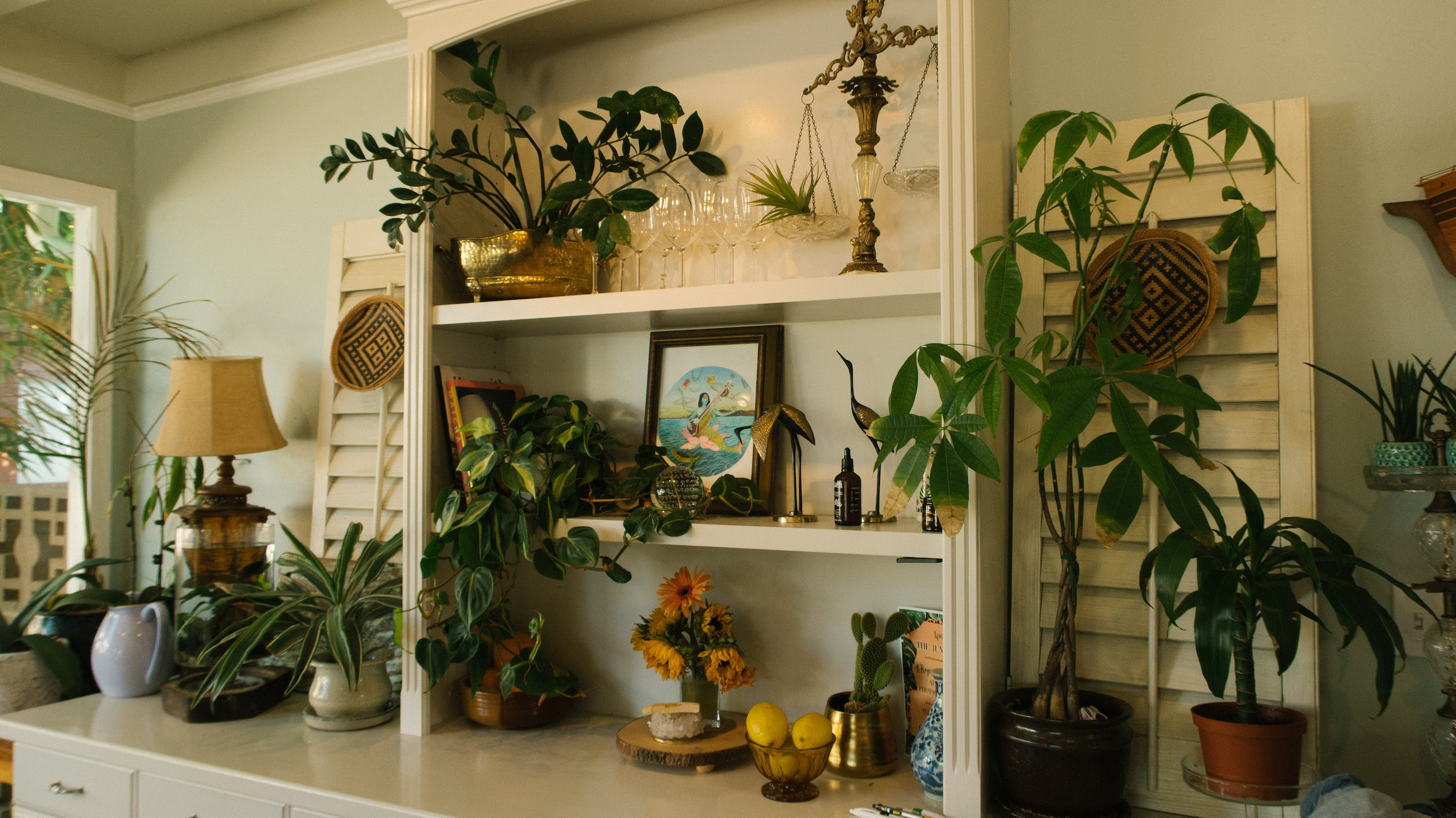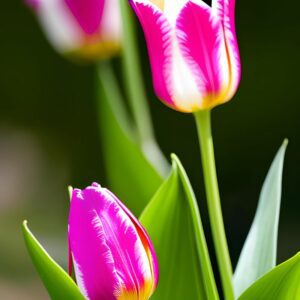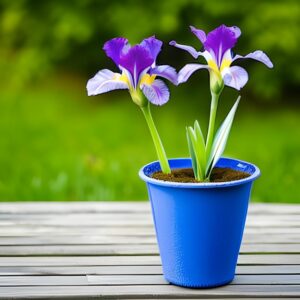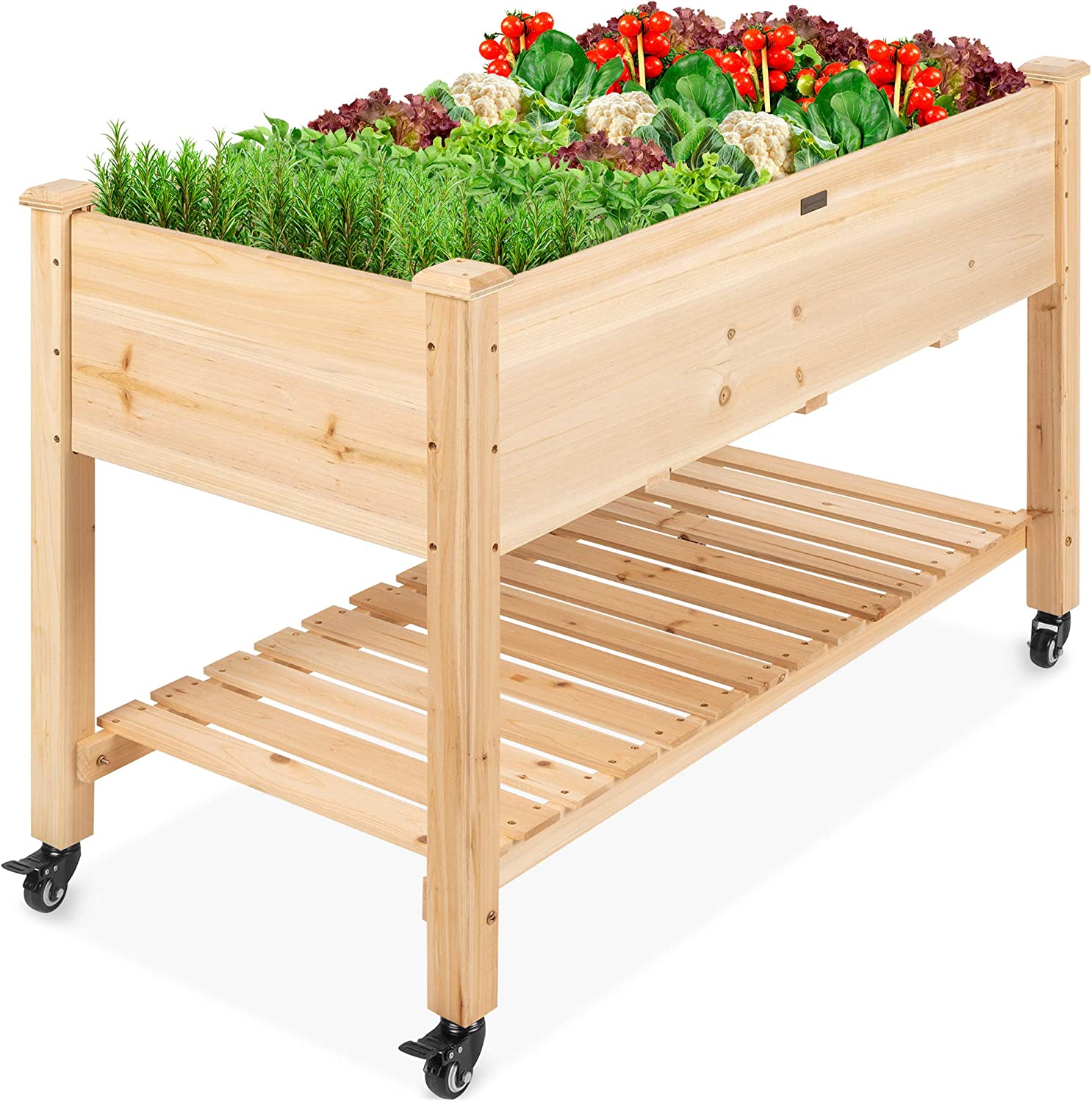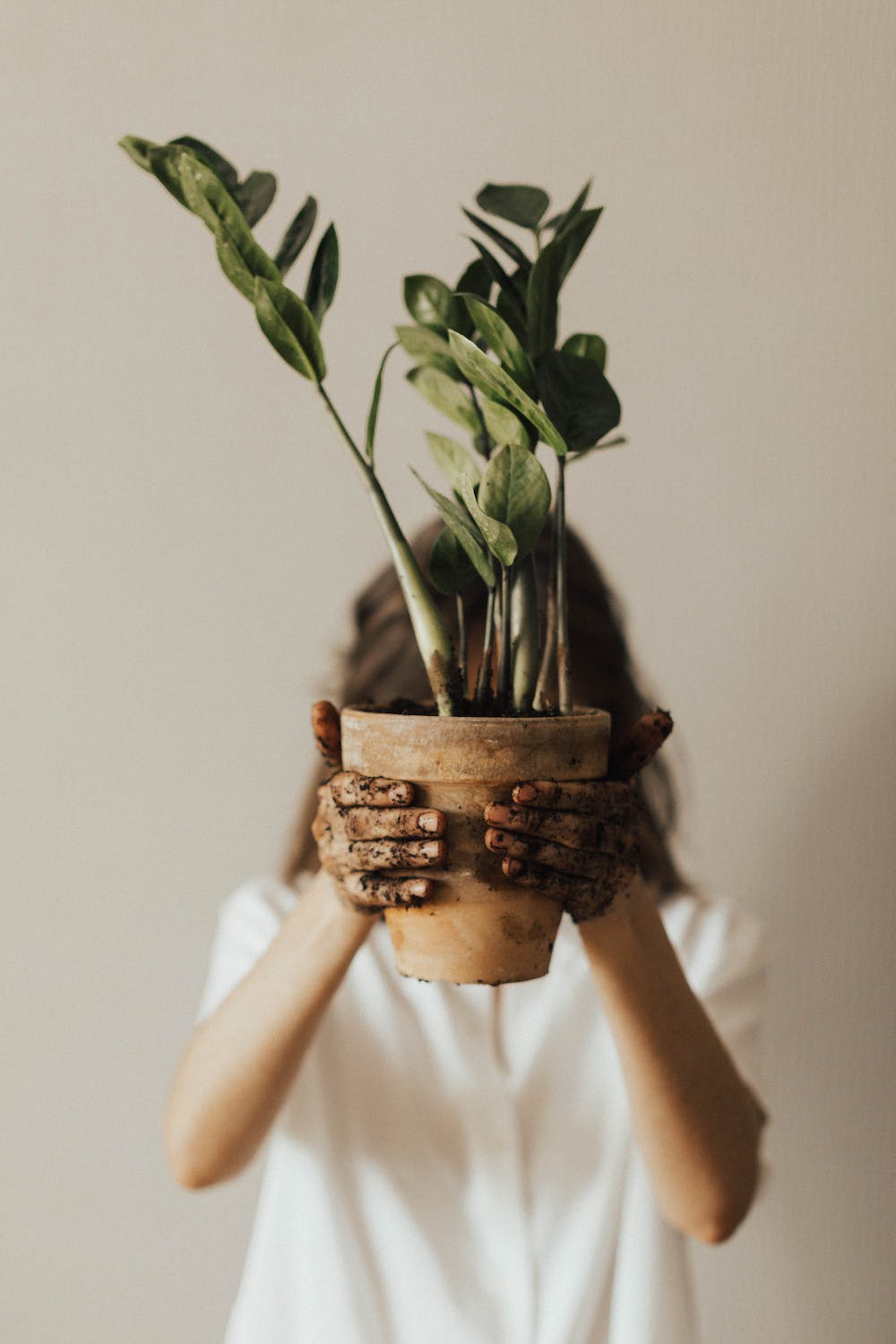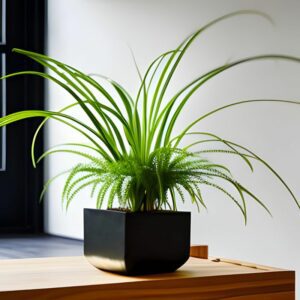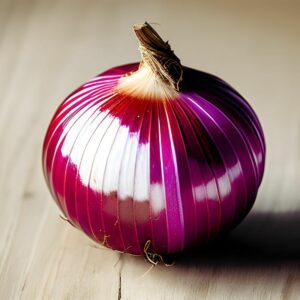Zinnia
Flowers
- Mexico and Southwestern United States
- Easy
- 2-3 months
Introduction
Zinnias are vibrant and colorful flowers that originated in Mexico and the Southwestern United States. They are known for their long-lasting blooms and are a favorite choice for adding bright pops of color to gardens and floral arrangements.
Plant Characteristics
Zinnias have a variety of flower forms, including single, double, and semi-double. They come in a wide range of colors, including shades of red, orange, pink, purple, and white. The plant can grow up to 1-3 feet in height, depending on the variety, and has a bushy growth habit.
Ideal Growing Conditions
Zinnias thrive in full sun and well-draining soil. They are heat-tolerant and relatively drought-tolerant, but regular watering will promote healthy growth and abundant blooms. Zinnias do best in temperatures between 70-85°F (21-29°C).
Planting Guide
Plant zinnia seeds directly in the ground after the last frost date in your area. Prepare the soil by loosening it and removing any weeds. Space the seeds or transplants about 6-18 inches apart, depending on the variety. Plant them at a depth of ¼ to ½ inch.
Watering and Fertilizing
Water zinnias regularly, providing about 1 inch of water per week. Avoid overhead watering to prevent foliage diseases. Zinnias do not require heavy fertilization, but you can apply a balanced flower fertilizer once or twice during the growing season.
Pruning and Maintenance
Deadhead spent flowers regularly to encourage continuous blooming. Remove any diseased or damaged foliage to prevent the spread of diseases.
Harvesting or Flowering
Zinnias are primarily grown for their ornamental value and are not typically harvested for other purposes. Enjoy the beautiful blooms in the garden or cut them for fresh floral arrangements.
Post-Harvest Care
Zinnias can be enjoyed in fresh floral arrangements for several days. Change the water and trim the stems every few days to prolong their vase life.
Troubleshooting
Zinnias can be susceptible to powdery mildew or other fungal diseases, especially in humid conditions. Proper spacing, good air circulation, and avoiding overhead watering can help prevent these issues. Watch out for pests like aphids and caterpillars, and take appropriate measures if needed.
Fun Facts
Zinnias are a favorite among pollinators like butterflies and bees, making them a great addition to pollinator-friendly gardens. They were named after the German botanist Johann Gottfried Zinn. Zinnias are also known to attract hummingbirds with their bright, nectar-rich blooms.
